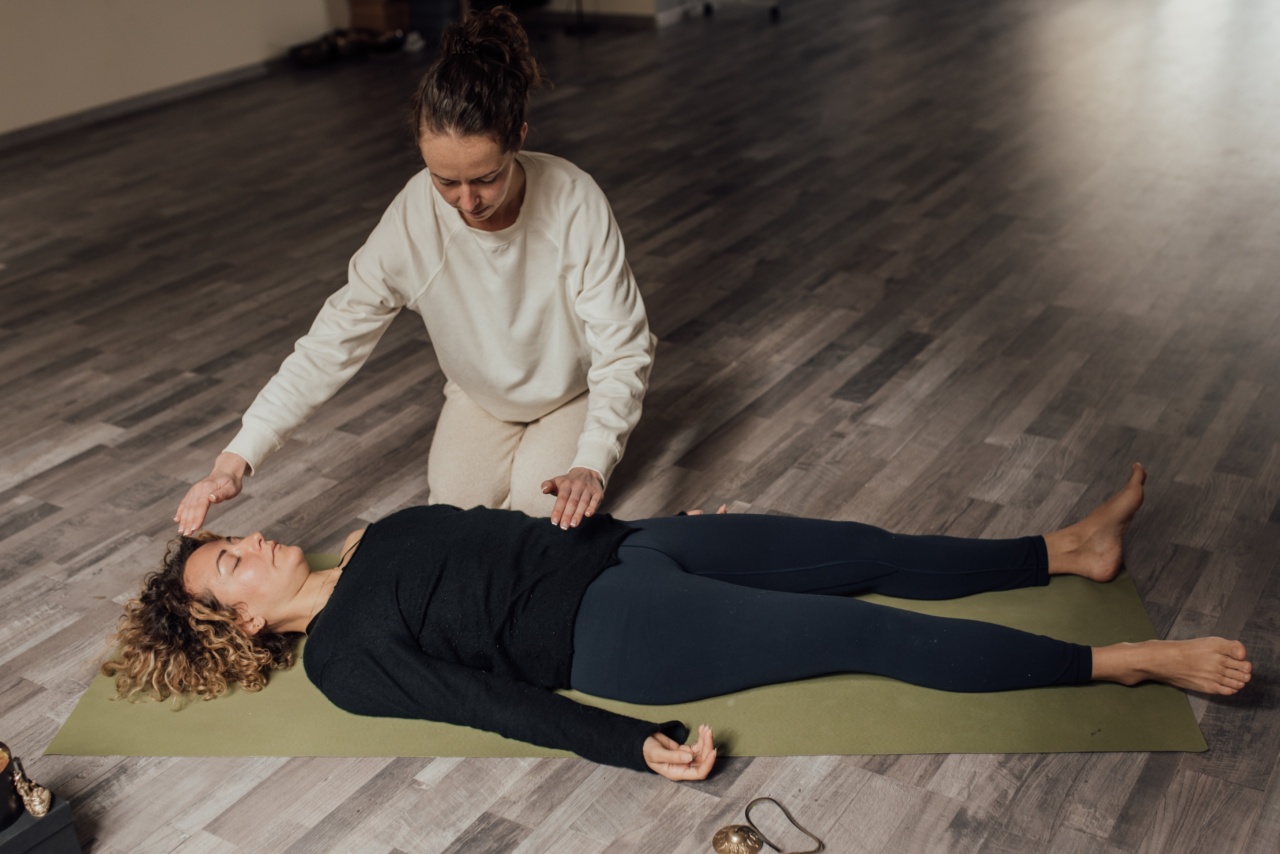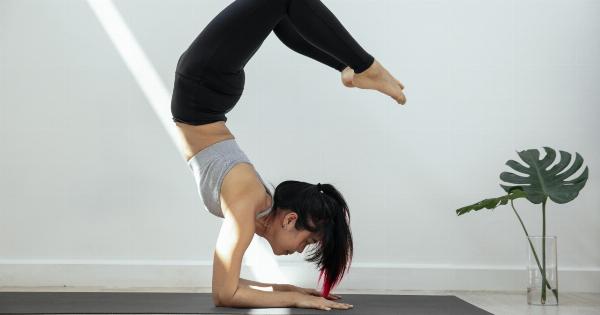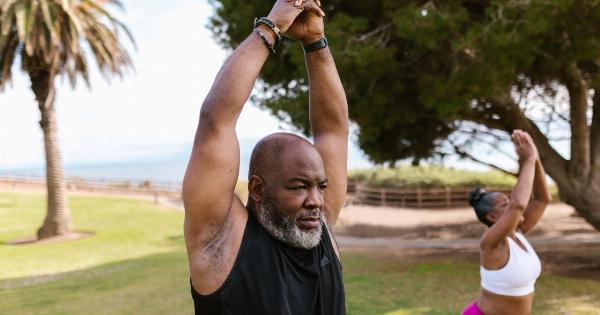Mindfulness-acceptance-commitment training (MAT) meditation is a powerful practice that helps you cultivate a sense of connection and inner peace.
MAT incorporates techniques such as mindfulness meditation, body scanning, promote empathy, emotional intelligence, pain management, cognitive flexibility, and self-compassion. This form of meditation is a useful tool for anyone looking to manage stress and improve their overall well-being. Let’s discuss in detail MAT meditation techniques for holistic wellness.
Mindfulness Meditation
Mindfulness meditation is a classic meditation technique used in MAT to teach the practice of awareness and observation.
During mindfulness meditation, you focus entirely on the present moment – your thoughts, emotions, and bodily sensations – without judgment. You’ll sit comfortably with your eyes closed or opened and focus on your breathing, counting your breaths, and noticing any thoughts that come up without getting wrapped up in them.
Body Scanning Visualization
During Body Scanning visualization, you’ll take the awareness learned in mindfulness meditation and apply it to your entire body systematically.
Start with your toes and gradually work your way up your body, noticing the sensations and tension along the way. As you observe each body part, aim to relax and soften the muscles in that area. The goal of this technique is to become aware of and release any tension or stress held in your body, reducing physical discomfort and promoting relaxation.
Gratitude Practice
Practicing gratitude can have a profound effect on the state of your mind. A gratitude practice involves focusing on what you have or are grateful for rather than focusing on what you don’t have or lack.
This type of meditation encourages a shift in perspective from negativity and scarcity to positivity and abundance. During gratitude meditation, try focusing on something specific that you’re grateful for, such as a person, place, or experience. Visualize the feeling of gratitude welling up in you and filling you up with joy.
Loving-Kindness Meditation
Loving-kindness meditation is designed to open your heart and cultivate feelings of kindness and compassion. It encourages the practice of sending love and kindness to others, yourself, and all beings without any expectations.
You’ll start by sitting comfortably with your eyes closed and begin to imagine specific people in your life to send loving energies. You’ll repeat phrases such as “may you be safe, happy, healthy, and live with ease,” directing these positive intentions out to the world.
This meditation has been found to reduce anxiety, emotional distress, and hostility while improving social connectedness and empathy.
Mantra Meditation
A mantra is a word or phrase used to focus the mind during meditation. Mantra meditation helps to anchor the mind and prevent distractions. During this type of meditation, you’ll repeat a word or phrase while meditating.
You can create a custom mantra for yourself or use traditional mantras such as Om or So-Hum. The repetition of mantras helps to quiet the mind and provide a sense of relaxation.
Breathing Meditation
Breathing meditation focuses on the act of inhaling and exhaling during meditation. It encourages deep and deliberate breathing, which provides a sense of calm and relaxation.
During this type of meditation, you’ll sit or lie down comfortably and focus on your breath. Follow the flow of air into your nose and out of your mouth, noticing any sensations or thoughts that arise. If your mind starts to wander, gently bring your attention back to your breathing.
Transcendental Meditation
Transcendental meditation (TM) is a well-known meditation technique where practitioners learn to meditate with the help of a repeated sound or mantra.
TM helps create a deeply relaxed state of awareness, lowers blood pressure, anxiety, stress, depression, and promotes overall well-being. During TM, you’ll sit comfortably for 20 minutes, repeating your mantra and allowing the body to relax deeply.
Vipassana Meditation
Vipassana meditation is one of the ancient mindfulness meditation techniques that promote attentiveness, focus, and self-awareness.
This meditation helps to develop a not-judgmental and witnessing attitude towards our thoughts and emotions in a non-reactive way. Practicing Vipassana involves concentrating on the breath, focusing on the senses and body sensations, resulting in a clear and calm mind, improved concentration, and greater personal insight.
Yoga Meditation
Yoga meditation is a holistic mind-body practice that combines asanas, pranayama breathing, meditation, and relaxation exercises. The primary purpose of yoga meditation is to maintain a sense of inner peace, balance, and harmony within oneself.
Practicing yoga stimulates the relaxation response, which helps regulate stress hormones, increases the feel-good endorphins, and improves overall mindfulness.
Walking Meditation
Walking meditation is a mindfulness practice that involves walking mindfully while focusing the attention on the breath, sounds, or sensations. During this meditation, you walk slowly and intentionally while observing your surroundings without judgment.
You can also try counting your breaths, reciting a mantra or phrase, or focusing your attention on the sensations in your feet. Walking meditation helps improve focus, mindfulness, and cultivates a deep sense of relaxation.
The Bottom Line
Mat meditation practices offer valuable tools for holistic wellness and provide individuals with a range of techniques that they can draw upon to manage stress, anxiety, and promote personal growth.
These techniques help cultivate a sense of self-awareness, mindfulness, and empathy. While the techniques may vary, they all encourage us to pause, reflect, and connect with ourselves on a deeper level. So, go ahead and try different MAT meditation techniques, and find the ones that work best for you.






























